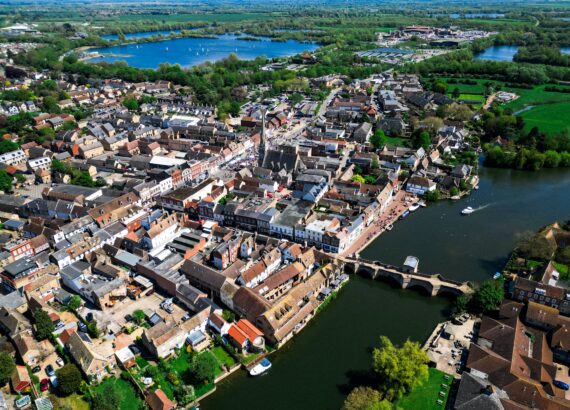Retirement is said to be a time to reflect and relax. It is a time when you probably want to do more with the free time you have. However, that can be difficult when you are limited by a fixed income. To make up for that problem, your home is a great resource, especially if you take out a reverse mortgage. You might have heard about a reverse mortgage before, if you haven’t; read on for more information.
Receiving Money with a Reverse v Standard Mortgage
As you may know, a standard mortgage typically requires you to agree to a payment period, such as five years. Within that period, fixed amounts and dates are established. You must make those payments by those dates. Failure to do so results in defaulting on the mortgage and facing eviction.
The payments on a standard mortgage start soon after you initially receive the money you need. Therefore, it is an extra burden, not a relief. A reverse mortgage is different because you are never required to pay any amount back early in the proceedings. In fact, you are encouraged to take many years to make restitution on the loan. That means you can take the funds and use them for your preferred or necessary purposes without the burden of a set mortgage payment you have to make each month.
Fund Distribution Options You Can Select
Another useful thing about a reverse mortgage is the fund distribution is up to you. You can choose whether to receive one payment or monthly installment payments. You can also choose neither. Instead, you can opt for a line of credit you can draw from whenever you want for as long as money is still in the account. The monthly installment payment is often chosen because it can somewhat simulate receipt of a regular paycheck again for a time. That makes the method helpful for paying recurring financial obligations.
Making Sure Your Property is Reverse Mortgage-Friendly
Not every property qualifies for a reverse mortgage. To qualify, yours must have a living structure on it, such as a house or small apartment building. You must also use the property as your main home. Temporary residences like vacation homes do not count. Additionally, if the building is an apartment building, it must meet federal standards for reverse mortgage eligibility.
Making Sure You Also Qualify
Assuming your property qualifies for a reverse mortgage, the next step is to check your own qualifications. You must be at least 62 years of age. If your spouse is co-signing the agreement, he or she must also live in the residence and meet that age requirement. You must also prove you are capable of maintaining the property financially, since you will continue to be the owner while the loan is active.
To be considered a permanent resident on the property, you must typically not leave the property for more than one year at a time. That leeway leaves plenty of room for taking vacations or dealing with unexpected issues, such as brief hospital stays. However, the length of time allowed by your lender for temporary property absence may vary, so be sure to check it before signing the contract.
The Bottom Line
The information above should clarify many aspects of the reverse mortgage process for you. However, the bottom line is you need as much information as you can get before making such an important choice. You have to consider the process from all angles, so talk to a reverse mortgage counselor. He or she can tell you exactly what to expect, including going over aspects like interest payment, property maintenance requirements and government borrowing caps. Then you can know exactly what to expect when you meet with your lender.






